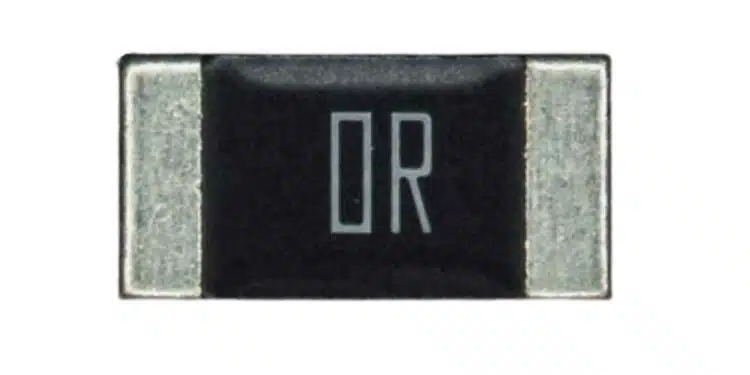Stackpole Electronics, Inc. introduces the MCJ series, an innovative line of high current SMD chip jumpers designed to meet the growing demands of modern electronic applications.
Featuring a metal element and exceptionally low resistance, the MCJ series is engineered to efficiently manage high currents.
The current ratings span from 8 amps in an 0201 chip size to an impressive 122 amps in a 2512 chip size, with an overload current capability reaching up to 244 amps.
Zero-ohm jumpers are essential in various electronic circuits across diverse markets and end products, facilitating simplified circuitry routing and enhanced manufacturability.
While traditional thick film jumpers are generally limited to 10 amps or less, the MCJ series stands out with its superior current handling capabilities, making it ideal for more demanding applications and less susceptible to surge currents. Furthermore, the MCJ series supports the use of smaller components, allowing for reduced board space and more compact product designs.
Features:
- Robust all metal structure
- Low resistance values
- Higher current ratings than most jumpers
- RoHS compliant, REACH compliant, lead free, and halogen free
































